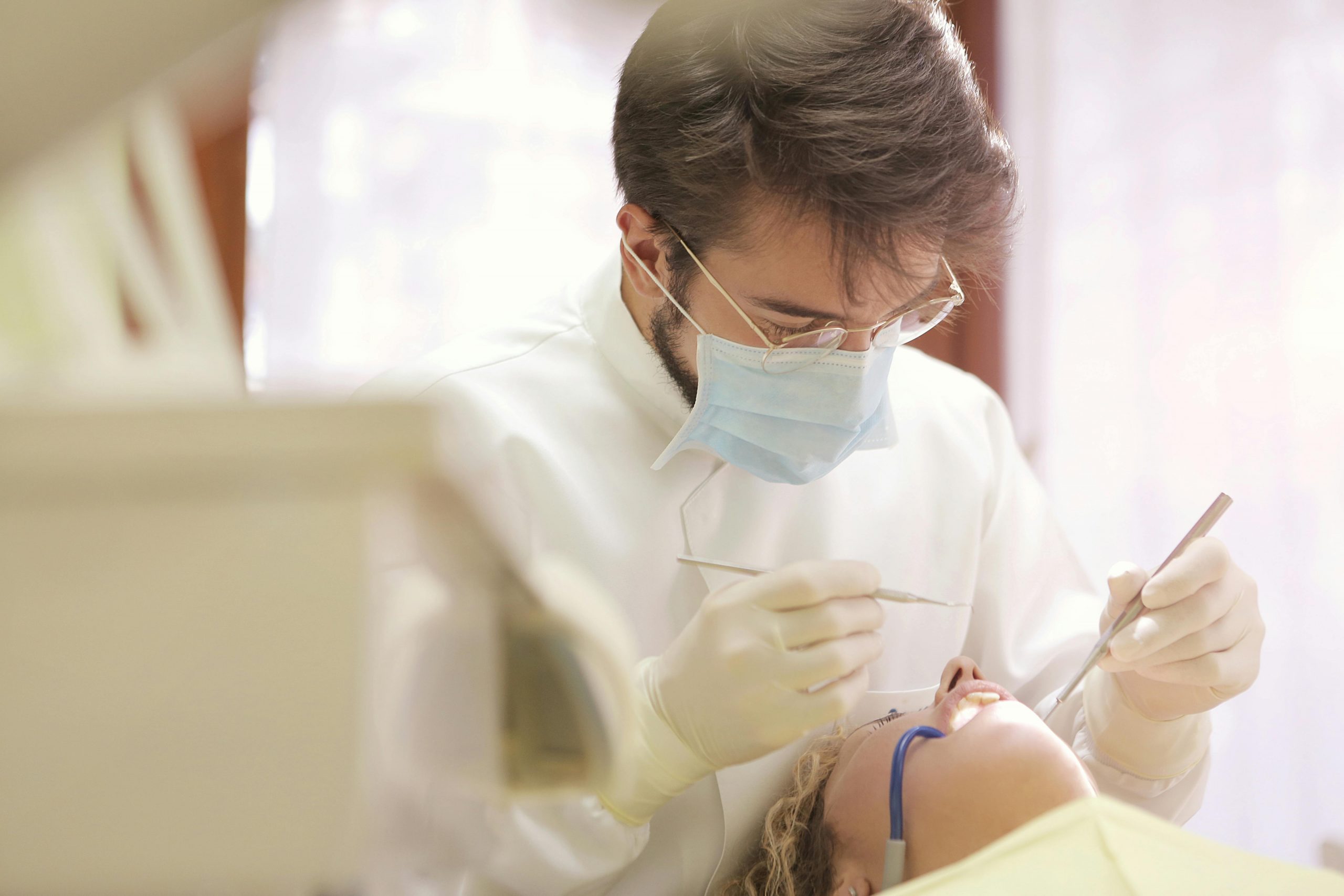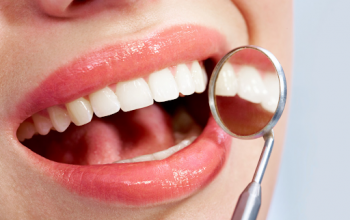

A cracked tooth can be alarming — one moment your smile feels fine, and the next, you feel sharp pain or sensitivity when chewing. Cracks in teeth are surprisingly common and can range from minor surface lines to deep fractures that threaten the tooth’s structure.
The big question many people have is: does a cracked tooth need to be pulled? The answer depends on how severe the crack is and where it’s located. In many cases, modern dental treatments can save the tooth — but in others, extraction might be the only safe option.
This guide explains the types of cracked teeth, common symptoms, treatment options, and how to prevent further damage.
What Causes a Cracked Tooth?

Cracked teeth can happen to anyone, regardless of age or dental history. While some cracks develop suddenly from trauma, others form gradually from years of wear and tear.
Common causes include:
- Biting down on hard foods: Ice, nuts, or hard candies can put stress on your enamel.
- Teeth grinding (bruxism): Chronic grinding weakens enamel and creates microfractures.
- Sudden temperature changes: Eating something hot followed by something cold can cause enamel to expand and contract, leading to cracks.
- Old fillings or dental work: Large fillings can weaken the surrounding tooth structure over time.
- Injury or trauma: A fall, blow, or accident can create visible or hidden fractures.
Understanding the cause helps your dentist recommend both a treatment and preventive strategy to protect your remaining teeth.
Types of Cracked Teeth
Not all cracks are the same. Some are superficial and harmless, while others can lead to severe pain, infection, or tooth loss if left untreated.
Here are the main types of cracked teeth:
1. Craze Lines
Tiny surface cracks that only affect the outer enamel. They’re mostly cosmetic and don’t cause pain or structural issues.
Treatment: Usually no treatment is required, though teeth whitening or bonding can improve appearance.
2. Fractured Cusp
This type of crack affects the pointed part of the tooth (the cusp), often near a filling. While it can cause mild discomfort, it usually doesn’t damage the tooth’s pulp.
Treatment: Dental bonding or a crown can restore function and prevent further cracking.
3. Cracked Tooth (Extending to the Gum Line)
A crack that begins on the chewing surface and extends toward the root. These are often painful when biting and may require more serious treatment.
Treatment: If the crack doesn’t reach the root, a root canal and crown may save the tooth. If it does reach the root, extraction may be necessary.
4. Split Tooth
If a crack extends fully through the tooth, dividing it into separate segments, the damage is usually irreversible.
Treatment: Extraction is typically required, although partial salvage may be possible in some cases.
5. Vertical Root Fracture
These cracks begin in the root and extend upward. They can go unnoticed until infection or gum inflammation occurs.
Treatment: Most vertical root fractures require extraction, as they often compromise the tooth’s stability.
Symptoms of a Cracked Tooth
A cracked tooth doesn’t always cause pain right away, which can make it tricky to identify. However, certain signs can help you catch the problem early.
Common symptoms include:
- Sharp pain when biting or chewing
- Discomfort when releasing pressure after a bite
- Sensitivity to hot, cold, or sweet foods
- Swelling around the affected tooth
- Intermittent pain that comes and goes
If you’ve ever wondered “why does my tooth hurt when I bite down,” a cracked tooth is one of the most common reasons.
Early detection is crucial — the longer a crack is left untreated, the more likely it will spread and require extraction.
How Dentists Diagnose a Cracked Tooth

Diagnosing a cracked tooth isn’t always straightforward because the crack may be too small to see on X-rays. Dentists use several methods to identify and evaluate the problem.
Diagnostic steps may include:
- Visual Examination: Checking for visible lines or discoloration.
- Probing: Running a dental tool over the surface to detect roughness or uneven edges.
- Bite Test: Asking the patient to bite on a special stick to identify pain points.
- Transillumination: Shining a bright light through the tooth to reveal hidden fractures.
- X-Rays: Useful for spotting related issues like infection or bone loss.
After diagnosing the crack’s depth and position, your dentist will determine whether the tooth can be saved or if it must be pulled.
When a Cracked Tooth Can Be Saved
Not every cracked tooth means extraction. Many can be restored with advanced dental treatments that strengthen and protect the remaining structure.
If the crack is minor or doesn’t reach the root, your dentist may recommend:
- Bonding: A tooth-colored resin fills small cracks and restores shape.
- Crown: A custom cap covers the damaged tooth, protecting it from further stress.
- Root Canal Therapy: If the pulp is affected, the dentist removes the damaged tissue, disinfects the canal, and seals it before adding a crown.
These treatments can prevent infection and prolong the life of your natural tooth for many years.
When Extraction Is Necessary
Sometimes, the damage is too extensive for repair. If the crack runs below the gum line or splits the tooth completely, extraction is often the only option.
You may need a tooth pulled if:
- The crack reaches the root or bone.
- There’s an infection that cannot be controlled.
- The tooth structure is too weak to support a crown.
- There’s constant pain despite treatment.
While extraction may sound intimidating, it’s often the best choice for preventing further infection and protecting your overall oral health.
After removal, your dentist may recommend a dental implant, bridge, or partial denture to restore function and aesthetics.
What Happens If You Don’t Treat a Cracked Tooth?
Ignoring a cracked tooth can lead to serious complications. Even a small crack can deepen over time, exposing the inner pulp to bacteria.
Potential consequences include:
- Infection: Bacteria can enter the pulp, leading to abscess formation.
- Severe Pain: Pressure and temperature changes can trigger intense pain.
- Tooth Loss: The tooth may fracture completely and require removal.
- Spread of Decay: Nearby teeth can also be affected if the infection spreads.
Prompt dental care is the key to avoiding these problems and keeping your natural teeth intact.
Recovery After Treatment or Extraction
Recovery depends on the treatment type. If your tooth was repaired with a crown or bonding, you may experience mild soreness for a few days. Over-the-counter pain relief and avoiding hard foods can help.
If extraction was necessary:
- Follow your dentist’s aftercare instructions carefully.
- Avoid smoking or drinking through a straw for 24–48 hours.
- Eat soft foods until healing progresses.
- Maintain oral hygiene but avoid brushing directly over the extraction site.
Most patients heal within one to two weeks and can discuss tooth replacement options once the area is fully recovered.
Preventing Cracked Teeth in the Future
Prevention is always better than repair. Simple daily habits and protective measures can go a long way in keeping your teeth safe.
Tips to prevent cracked teeth:
- Avoid chewing hard items like ice or popcorn kernels.
- Wear a mouthguard during sports or at night if you grind your teeth.
- Schedule regular dental checkups to catch early signs of damage.
- Don’t use your teeth to open bottles or packages.
- Maintain good oral hygiene to strengthen enamel and prevent decay.
By protecting your enamel and addressing minor issues early, you can reduce your risk of cracks that might eventually require extraction.
When to See a Dentist
You should schedule a dental visit immediately if you notice:
- Sharp or intermittent pain when chewing
- Sensitivity to hot or cold
- Visible cracks or chips
- Swelling around the gums
Even if the pain seems minor, it’s best not to wait — early treatment can often save the tooth and prevent infection.
Conclusion
Whether a cracked tooth needs to be pulled depends on how deep the fracture goes. Minor cracks can often be repaired with bonding, crowns, or root canal therapy, while more severe splits or root fractures may require extraction.
Ignoring a cracked tooth allows bacteria to invade, potentially leading to infection or tooth loss. With prompt dental care and preventive habits, you can protect your smile, relieve pain, and preserve your natural teeth for years to come.
If you’re experiencing pain when biting or notice a crack, contact your dentist right away — early diagnosis makes all the difference.



